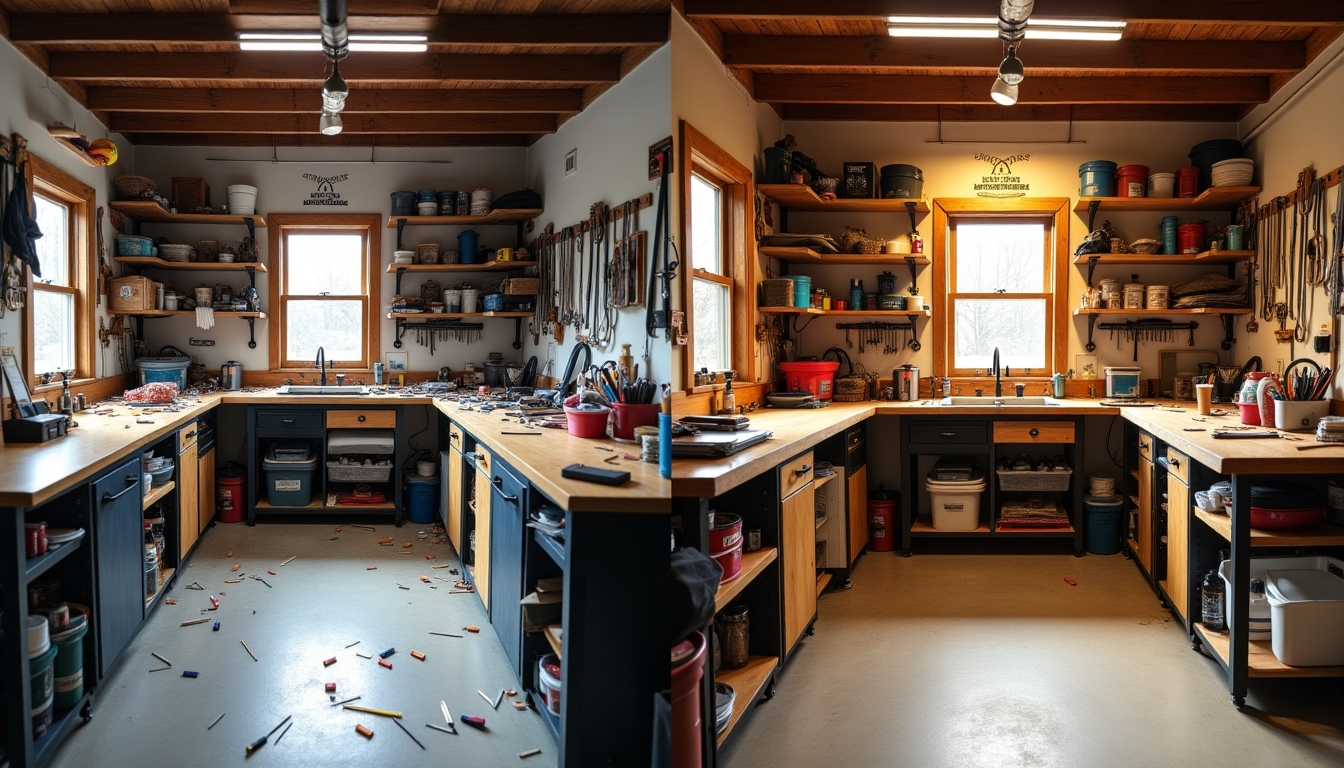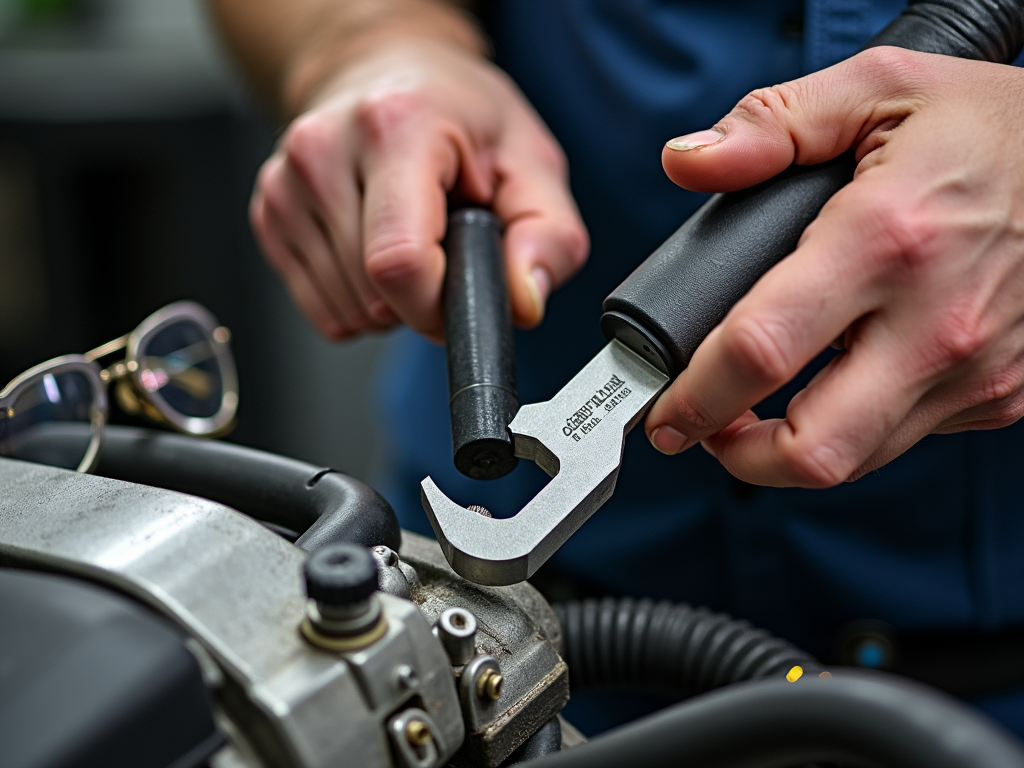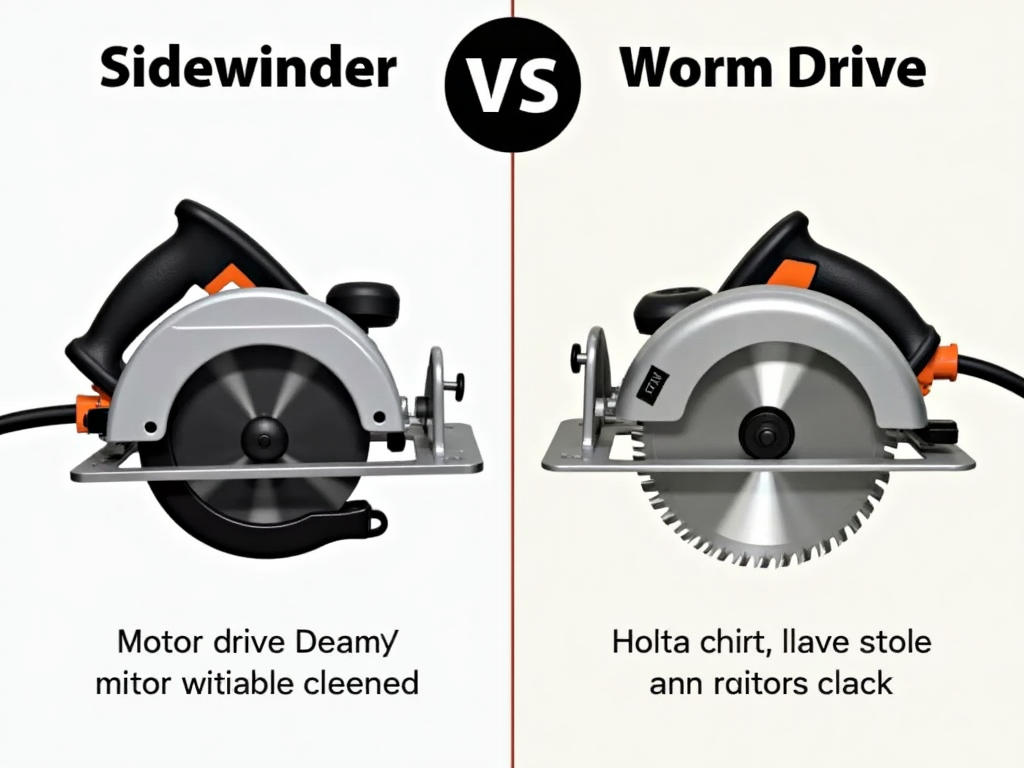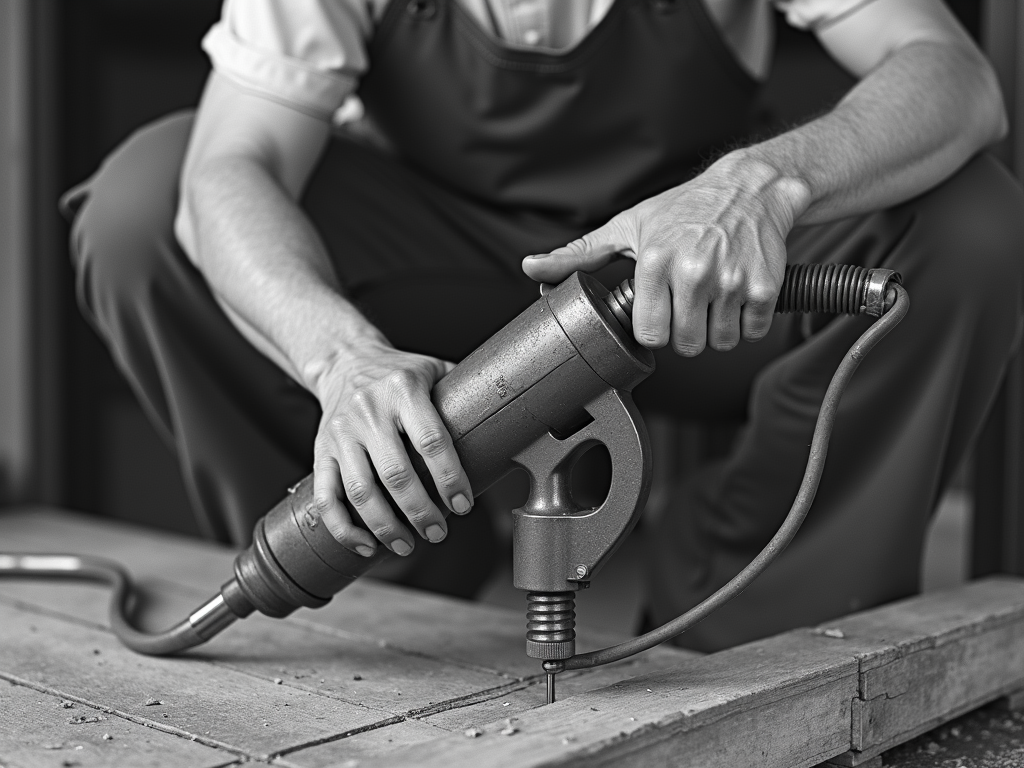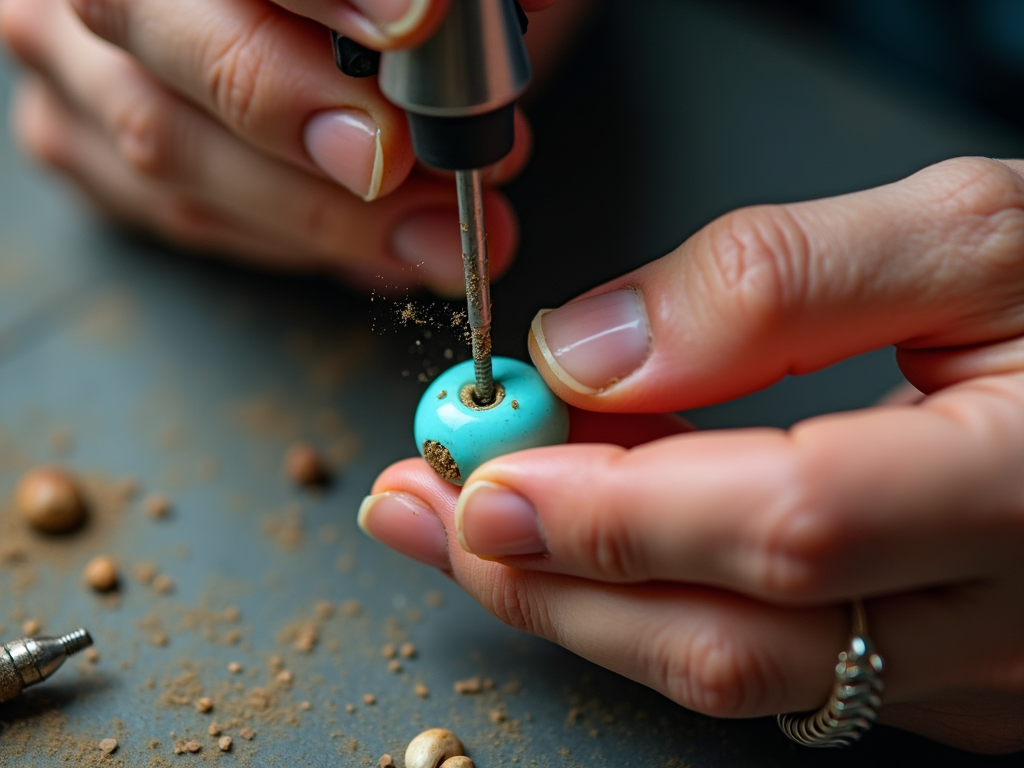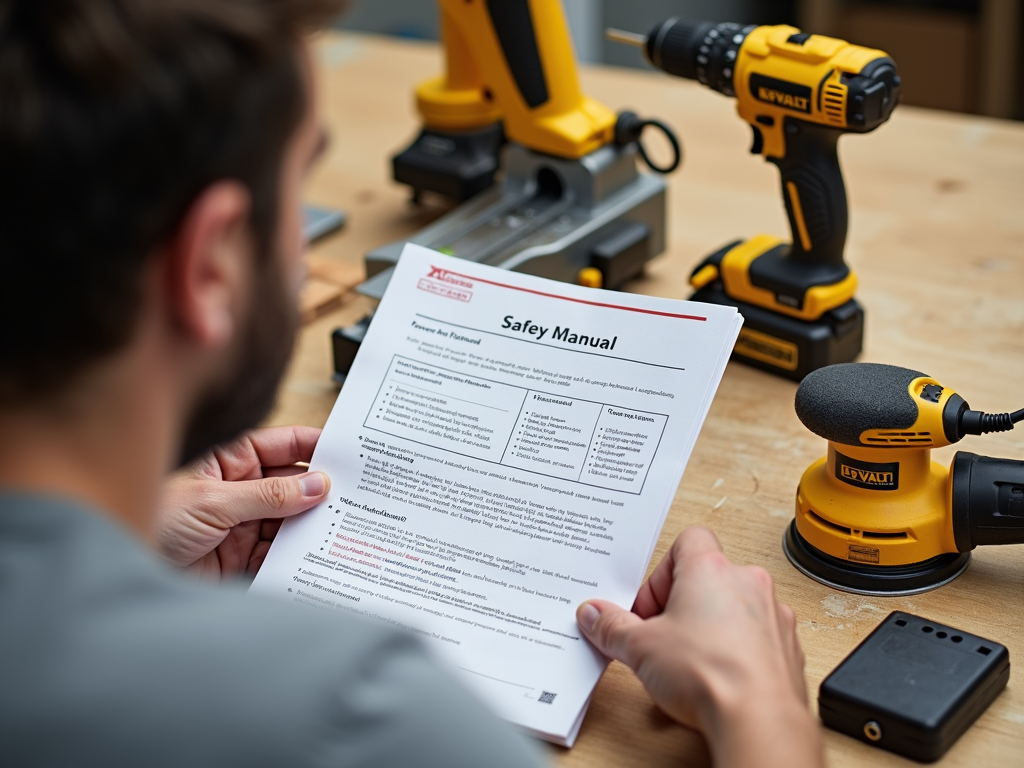Woodworking blends creativity and skill, and the table saw is a powerhouse tool that can transform your projects. This article dives into Advanced Table Saw Techniques for Woodworking, offering practical tips to boost your craftsmanship. Expect insights on precision, safety, and more in about 1500 words.
Whether you’re building furniture or crafting detailed pieces, mastering your table saw opens new possibilities. We’ll cover techniques that work on various table saws, including tablesaws with user-friendly features, to help you get the most out of these power tools. Let’s get started!
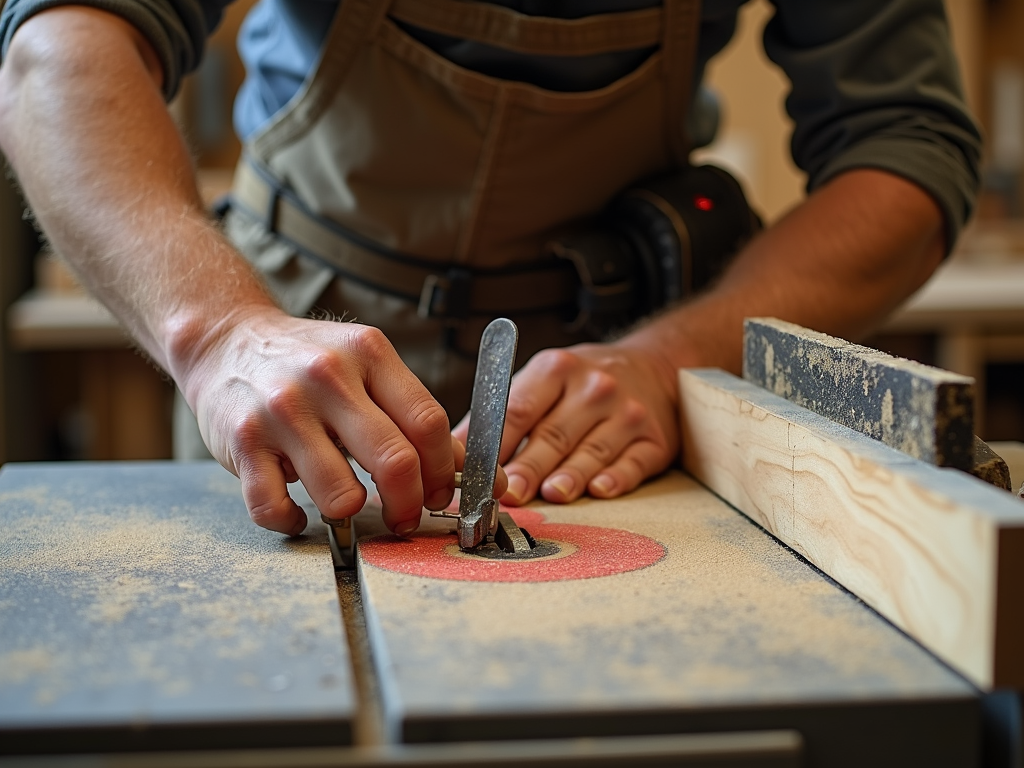
Safety: Your First Step to Mastery
Safety isn’t optional when using table saws. I’ve seen close calls in my own workshop—moments that taught me to respect this tool. Always wear eye protection, earplugs, and a dust mask. Check that your saw has a blade guard and riving knife.
A push stick is your best friend. It keeps your hands away from the spinning blade. Once, I skipped it on a small cut and nearly regretted it—lesson learned. Sharp blades matter too; dull ones can kick back and ruin your day.
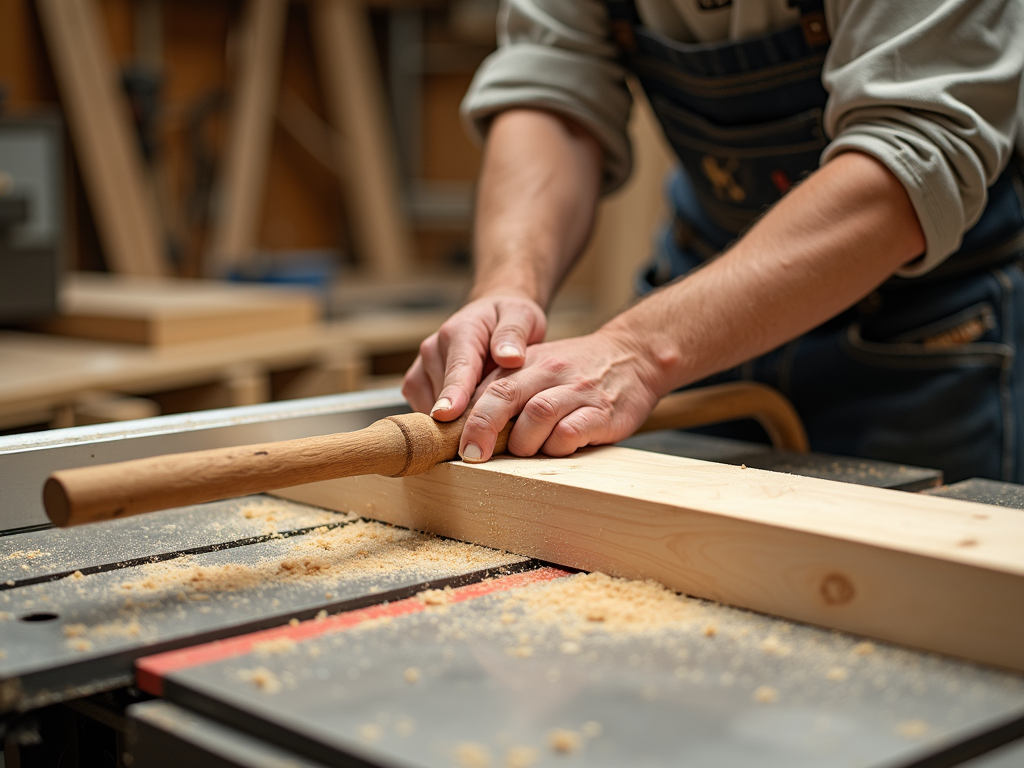
Precision Cutting: Nail Every Measurement
For clean, accurate cuts, start with a tuned-up saw. I check my blade alignment with the fence every few weeks—it saves material and frustration. A good trick is using a drafting triangle to confirm everything’s square.
Pick a blade with 80-100 teeth for smooth cuts on hardwood. I switched to one years ago, and the difference was night and day—less sanding needed. A zero-clearance insert helps too, keeping tear-out minimal.
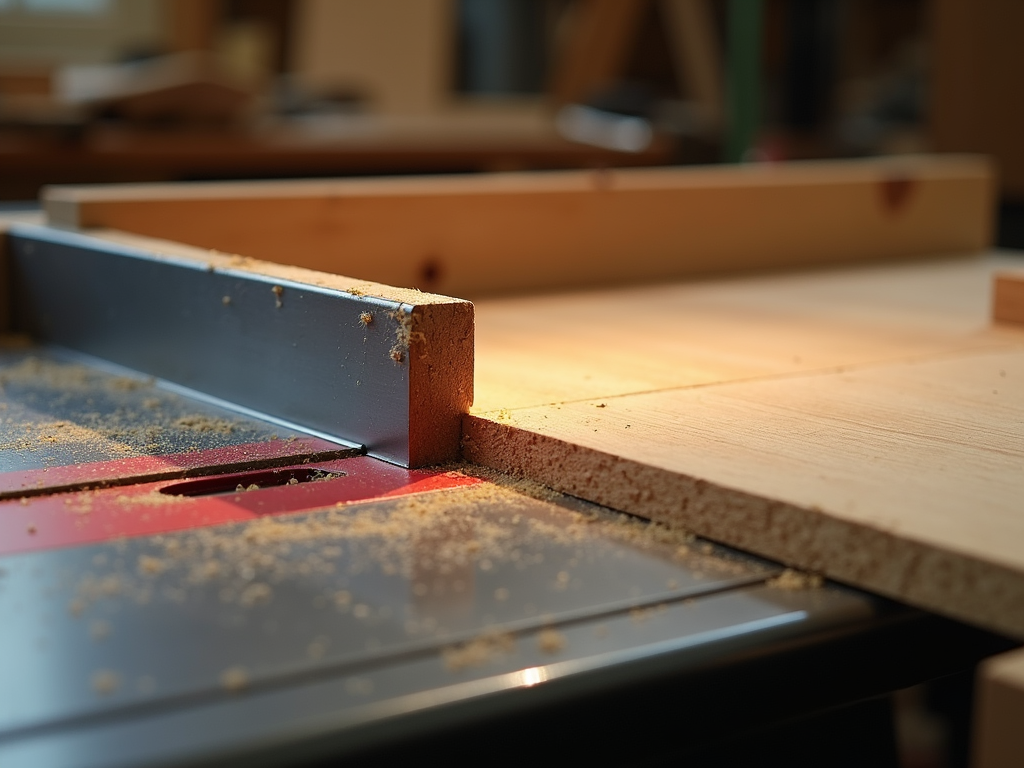
Try a crosscut sled for perfect 90-degree cuts. I built mine from scrap plywood, and it’s been a game-changer for box-making. It’s simple: align it once, and you’re set for repeatable accuracy.
Jigs: Unlock New Possibilities
Jigs make tricky cuts easy. A tenoning jig, for example, lets you cut tenons for strong joints. I made one for a chair project, and it turned a tedious task into a breeze.
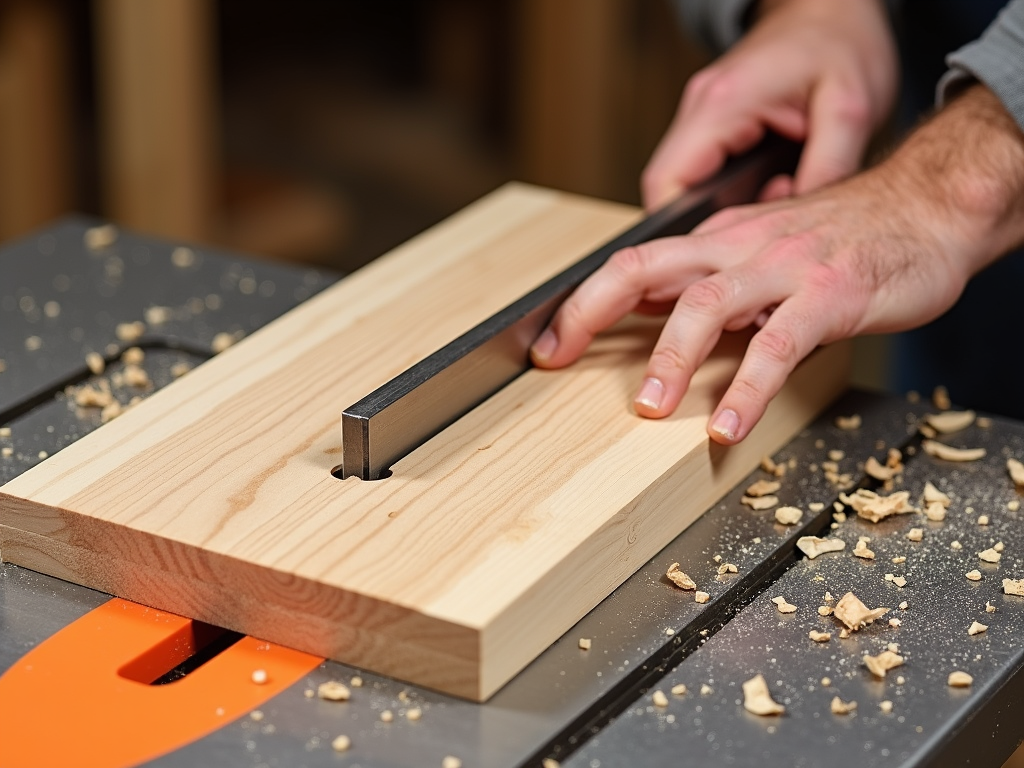
Dado jigs are great for grooves. I use mine for shelves—clamp it tight, set the blade height, and you’ve got a clean slot. Building your own jigs is worth it; they fit your needs exactly.
Box joint jigs are another favorite. I struggled with uneven joints until I made one. Now, my boxes look pro, and the process is almost fun. It’s all about consistency.
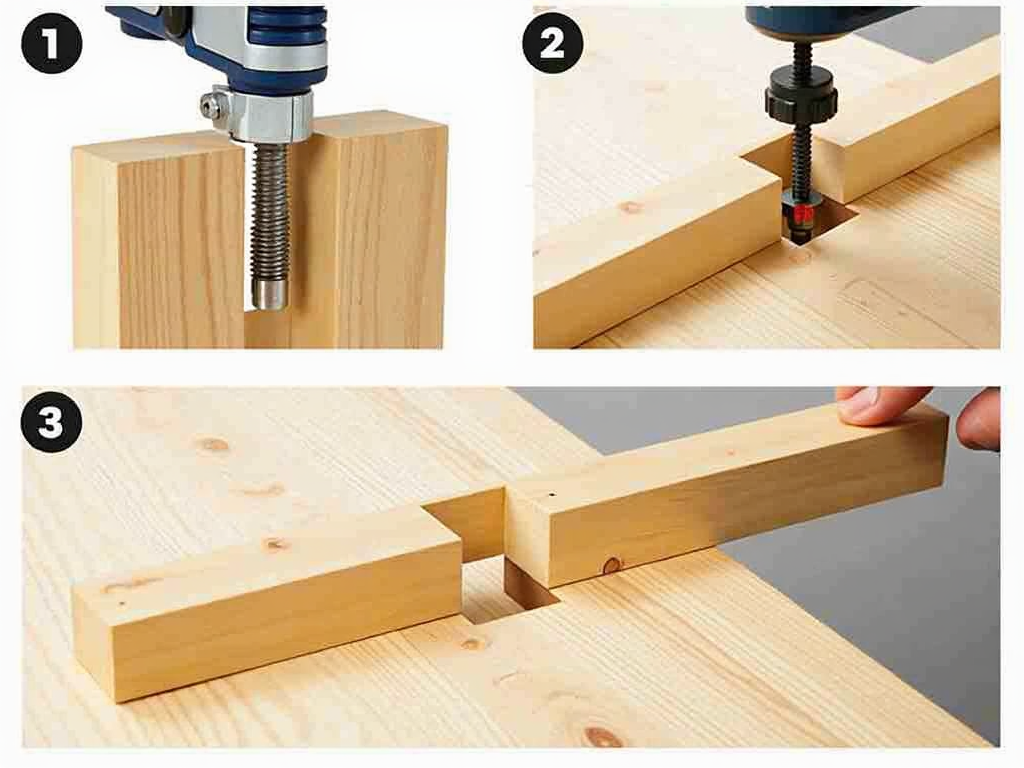
Complex Cuts: Step Up Your Game
Dado cuts add strength to projects like bookcases. You’ll need a dado blade set—two blades and chippers. I first tried this for a cabinet, and it felt like unlocking a secret skill.
Rabbet cuts are simpler but versatile. Use them for frames or panels. I’ve done them with a regular blade, passing twice, but a dado set speeds things up. Practice on scrap first.

Cove cuts are trickier but stunning. Raise the blade at an angle, make slow passes, and you’ve got a curved edge. I tested this for a molding piece—patience paid off with a gorgeous result.
Picking the Right Saw
Not all table saws handle advanced work well. I love tablesaws with user-friendly features—a solid fence and riving knife are must-haves. They make precision and safety easier.

A 1.5-2 horsepower motor cuts through anything I throw at it—oak, maple, you name it. If you move your saw often, look for portable models. Mine’s heavy, but I rarely shift it.
Keep Your Saw Running Smooth
Maintenance keeps your saw reliable. I clean mine after every session—sawdust clogs things fast. A sharp blade cuts better and safer; I swap mine out when it starts dragging.

Lubricate the gears and check alignment monthly. I ignored this once, and my cuts went off—took an hour to fix. A little care goes a long way with power tools.
Wrapping Up
Advanced Table Saw Techniques for Woodworking take time to learn, but they’re worth it. From safety to complex cuts, these skills transform your work. Keep practicing, stay safe, and enjoy the craft. Check out the links below for more!
Related Advanced Table Saw Techniques for Woodworking:
- Guide to Table Saw Blades for Every Cut
- Mastering Tool Organization in a Small Workshop: A Comprehensive Guide
- The Ultimate Guide to Tool Maintenance
- Safety Tips for DIY Auto Repair: A Comprehensive Guide
- Comprehensive Guide to Circular Saws for Beginners
- Essential Electrical Tools for Wiring and Installations
- How to Clean Your Deck with a Power Washer: A Step-by-Step Guide
- Top Ergonomic Power Drills for Reduced Fatigue
- Electric vs. Gas Power Washers: Which Wins?
- Rotary Tools for Jewelry Making: A Comprehensive Guide
- The Ultimate Guide to Power Tool Safety
- Care and Maintenance of Your Power Tools: A Guide for Woodworking Enthusiasts

